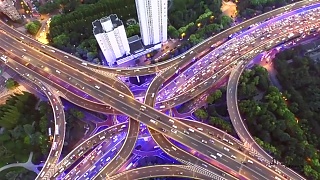With Dr. May-yi Shaw.
Meet the pioneers of the Belt and Road Initiative ...
[640],shadow=true,start=,stop=Live more ...
 The New Silk Road : ambition and opportunity
The New Silk Road : ambition and opportunityWith Dr. May-yi Shaw.
Meet the pioneers of the Belt and Road Initiative ...
[640],shadow=true,start=,stop=

|
A very creative film - don't miss this ...
|

|
With DuckTravel ...
|

|
AnHui province.
|

|
Xi’An :
• City Wall
• Terracotta Army
ZhangYe :
• MaTi Si
• Rainbow Mountains
• DanXia Grand Canyon
DunHuang :
• Gobi Desert
|

|
|

|
Relaxing With Chinese Bamboo Flute, Guzheng, Erhu - hours of great music ...
|

|
With Machine Eye ...
With Wave Media ...
|